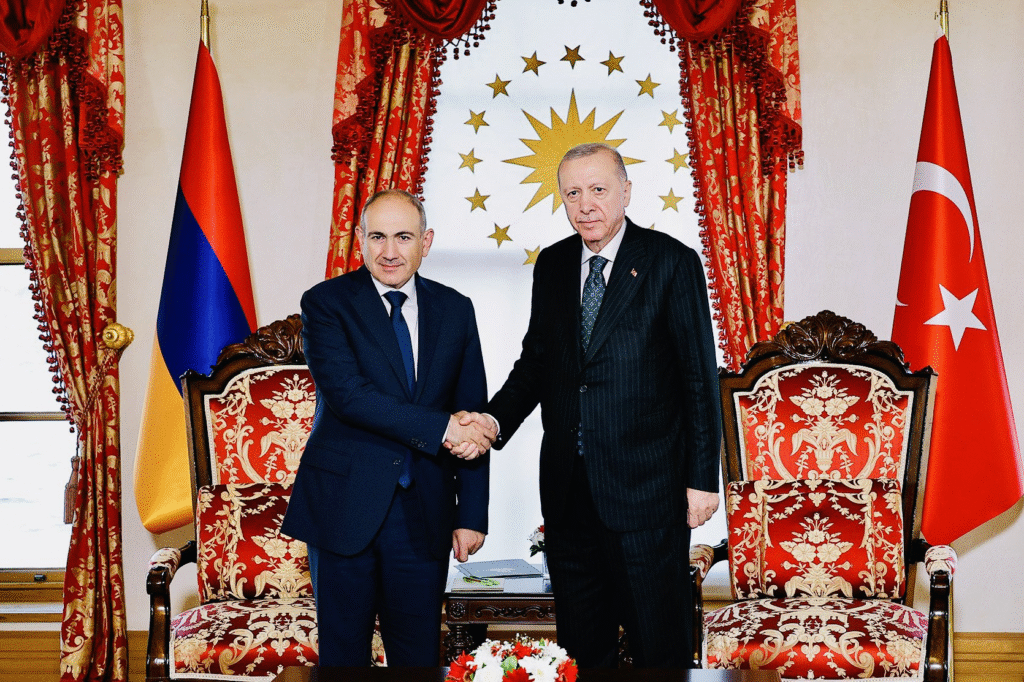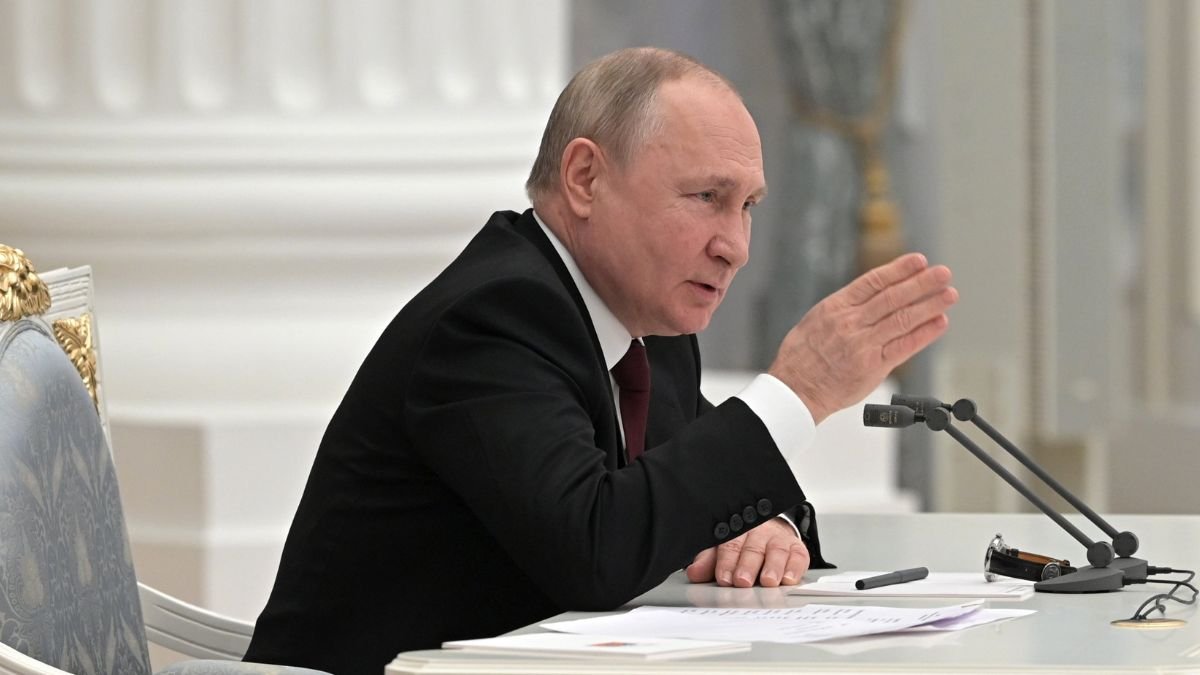When Russia invaded Ukraine, President Vladimir Putin expected a swift victory. Instead, the war has become a grinding, costly struggle. Russia has lost more than soldiers and money—it’s losing its standing in the world.
Once seen as a dependable power, Russia is now viewed as overstretched and unreliable. Some of its oldest allies have begun to walk away. Countries that once trusted Russia to protect their interests are now searching for new partners.
Across the Middle East, Central Asia, and even Europe, a quiet but steady shift is underway. Russia’s network of friends is shrinking. Its influence is being replaced by new players—some American allies, some old rivals, and some looking only to protect their own future.
Let’s take a closer look at how Russia’s relationships are breaking apart.
Syria: A Victory That Slipped Away
According to The Russia Program, Syria was once a major success in Putin’s foreign policy. Back in 2015, Russia’s military intervention helped President Bashar al-Assad survive a brutal civil war. Assad faced enemies on all sides—ISIS, Turkish-backed rebels, and U.S.-supported groups. Russia’s airstrikes, combined with support from Iran, helped Assad regain control. Russia also secured key military bases on the Mediterranean coast.

But by 2024, Russia’s long war in Ukraine had drained its resources. Syrian rebel groups, supported by Turkey, regrouped and pushed back against Assad’s forces. This time, Russia was too distracted to help.
Assad’s government collapsed, and he was forced to flee to Russia. The man Russia once saved had to abandon his own country. Without Russia’s full support, Assad could not hold on to power. What once looked like a strong alliance ended with Syria slipping from Russia’s hands.
Armenia: Left Alone at a Crucial Moment
According to Novaya Gazeta, Armenia trusted Russia for decades. As a member of the Russia-led military alliance, the Collective Security Treaty Organization (CSTO), Armenia believed Moscow would always protect it—especially against Azerbaijan and Turkey.
But in 2023, when Azerbaijan launched a successful operation to take Nagorno-Karabakh, Russia did almost nothing. Over 100,000 ethnic Armenians fled the region while Russian peacekeepers simply watched.

Armenia was furious. Moscow failed to send weapons it had promised. Russian leaders offered words but no action. Armenia’s frustration grew.
Eventually, Armenia pulled out of the CSTO and suspended its military friendship treaty with Russia. For Armenia, the message was clear: Russia could no longer be trusted as a security partner.
Sweden and Finland: The Borders Russia Feared
One of Russia’s main reasons for going to war in Ukraine was to stop NATO from moving closer to its borders. That goal has completely failed.
For decades, Sweden and Finland chose to stay neutral. They did not want to provoke Russia. But the invasion of Ukraine changed their thinking. Fearing Russian aggression, both countries applied to join NATO.
Finland became a NATO member in 2023. Sweden followed in 2024. This has pushed NATO right up to Russia’s doorstep. The very thing Russia tried to prevent has now happened.
Central Asia: New Powers Move In
Central Asia was once a region where Russia’s influence was unchallenged. That is no longer the case.
As Russia remains focused on Ukraine, other countries have stepped in. Turkey has built stronger ties, using cultural and language connections to increase trade and military cooperation. China’s Belt and Road project has made Beijing a key player in the region. The European Union is also working to build stronger economic and security links.
The 2023 Central Asia-European Union summit showed that these countries are now looking west, south, and east—not just north to Moscow.
Russia’s hold on Central Asia is slipping as its competitors quietly move in.
Iran: An Ally Left on Its Own
Iran has been one of Russia’s most important military partners during the Ukraine war. Iran supplied Russia with Shahed drones and other military technology.

But when Israeli forces attacked Iran’s nuclear sites in June 2025, Russia offered only mild diplomatic support. Even after the United States joined the strikes, Russia did nothing more than issue public condemnations.
For Iran, this was a bitter moment. Tehran had provided real help to Moscow during its most difficult battles. But when the tables turned, Russia offered only words.
Russia’s Global Map: Before and After
| Country | Before the Ukraine War | Now | What Changed |
|---|---|---|---|
| Syria | Strong ally, Russian-backed | Assad regime collapsed | Russia unable to support due to Ukraine war |
| Armenia | Loyal security partner | Stepping away from Russia | Russia failed to protect or supply weapons |
| Sweden & Finland | Military neutrality | NATO members | Fear of Russian aggression |
| Central Asia | Under Russian influence | Growing ties with EU, Turkey, China | Russia’s focus shifted to Ukraine |
| Iran | Active military partner | Feeling abandoned | Russia offered no real support in crisis |
Read More: Two Giants, One Sky: Comparing the B-2 and China’s Emerging J-36
Watch India Pakistan Breaking News on The Ink Post. Get Latest Updates, Latest News on Movies, Breaking News On India, World, Explainers.
Follow us on Facebook and Instagram and LinkedIn and Twitter to Stay updated!
